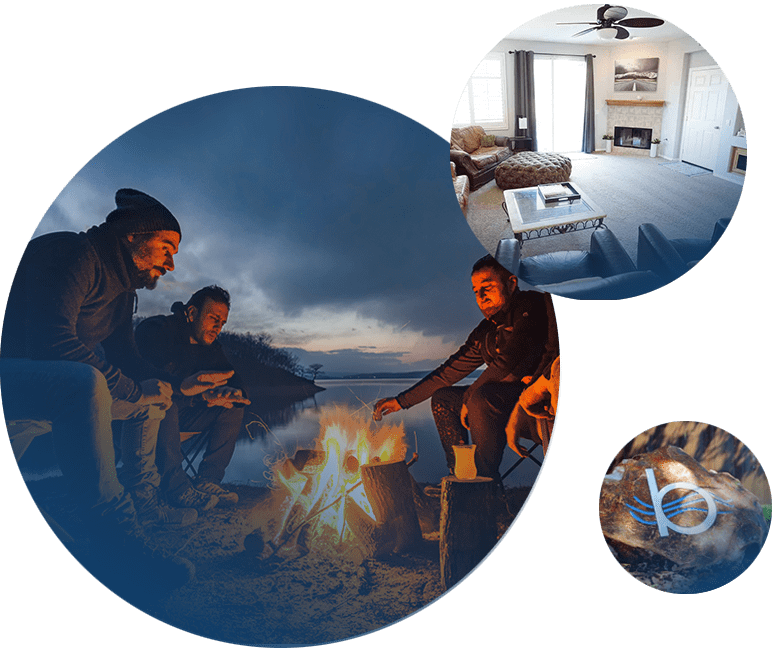
Living With Chronic Pain in Recovery
Living with chronic pain in recovery can feel like a minefield, especially if the pain is relatively new and you've experienced it while sober. While many people become addicted to drugs after being exposed medically, others may need pain relief while sober. Taking opioids for more than a day or two is not safe for people in recovery. Yet longer-term pain may remain; it's not something that improves as you stay sober longer. People with chronic illnesses need solutions that help them stay sober and improve their quality of life.
Treating Chronic Pain Without Opioids
Chronic pain typically can come from various conditions, from nerve damage from long-term drug use to pain from injuries, accidents, and illnesses that didn't heal. Many people in recovery live with chronic diseases. Sometimes that means they live with chronic pain, too.
When left untreated, chronic illness can significantly impact the quality of life of an individual. In the past, opioids, such as morphine and oxycodone, were considered the go-to treatment for severe pain. Today, many doctors are better educated and choose a multi-pronged approach to minimize harm.
Here are some potential options:
- Non-Opioid Medications: Various non-opioid medications can treat chronic pain, including nonsteroidal anti-inflammatory drugs such as aspirin, acetaminophen, and certain antidepressants and anticonvulsants. Many of these can be combined to create adequate pain relief options.
- Opioid Rotation or MAT: If a person with addiction is already on opioid medication for chronic pain, their doctor may consider switching them to a different opioid with a lower risk of abuse potential. Often, this means that they can use MAT options such as buprenorphine.
- Behavioral Therapy: Cognitive-behavioral therapy (CBT) and mindfulness-based stress reduction (MBSR) can help individuals with addiction learn new coping mechanisms for managing chronic pain.
- Physical Therapy: Physical therapy can help individuals with chronic pain increase their physical activity, strengthen their muscles, and improve their flexibility, all of which can help reduce pain and improve overall function.
- Complementary and Alternative Therapies: Some people may benefit from complementary and alternative therapies such as acupuncture, massage, and chiropractic care to manage their chronic pain. These treatments can help reduce pain and improve the overall quality of life.
Buprenorphine For Chronic Pain Management
Buprenorphine, while also used in Medication-Assisted Treatment, is a medication that can help with pain management in a few different ways. First, it is a partial opioid agonist, meaning it can produce some pain-relieving effects as other opioids but with a lower risk of addiction and fewer side effects.
Buprenorphine also has a ceiling effect, meaning it cannot produce any additional pain relief after a specific dose, making it safer to use than other opioids. Buprenorphine works as an antagonist at receptor sites in the brain, which means it can block other opioids from binding and therefore reduce the risk of overdose.
Buprenorphine has been shown to positively affect mood, making it helpful to people who live with chronic pain and struggle with depression. A qualified healthcare provider should only prescribe buprenorphine, and patients should follow their provider's treatment plan carefully. Not every health plan will offer it, and you may not qualify for it. Speak with your healthcare providers to learn more.
Low-Dose Naltrexone for Chronic Pain Management
In pain management, low-dose naltrexone (LDN) has been studied as a potential therapy for conditions such as fibromyalgia, neuropathic pain, and chronic fatigue syndrome. It is thought to work by modulating the immune system and reducing inflammation, which may contribute to chronic pain.
Naltrexone is no longer considered experimental. However, not all health insurance companies will cover it, and not all treatment centers offer it. Naltrexone used for chronic pain rather than opioid use disorder is considered off-label and may not covered by health insurance.
In addition to medication-based treatment, integrative approaches like physical therapy, cognitive-behavioral therapy, and mindfulness-based interventions can help reduce chronic pain without relying on opioids.
Sober Living Can Help
People with chronic pain or no pain can become addicted to opioids. If you live with opioid use disorder, and need treatment for chronic pain, work closely with your doctor to try non-addictive treatment options.
Categories
Medication Recovery


